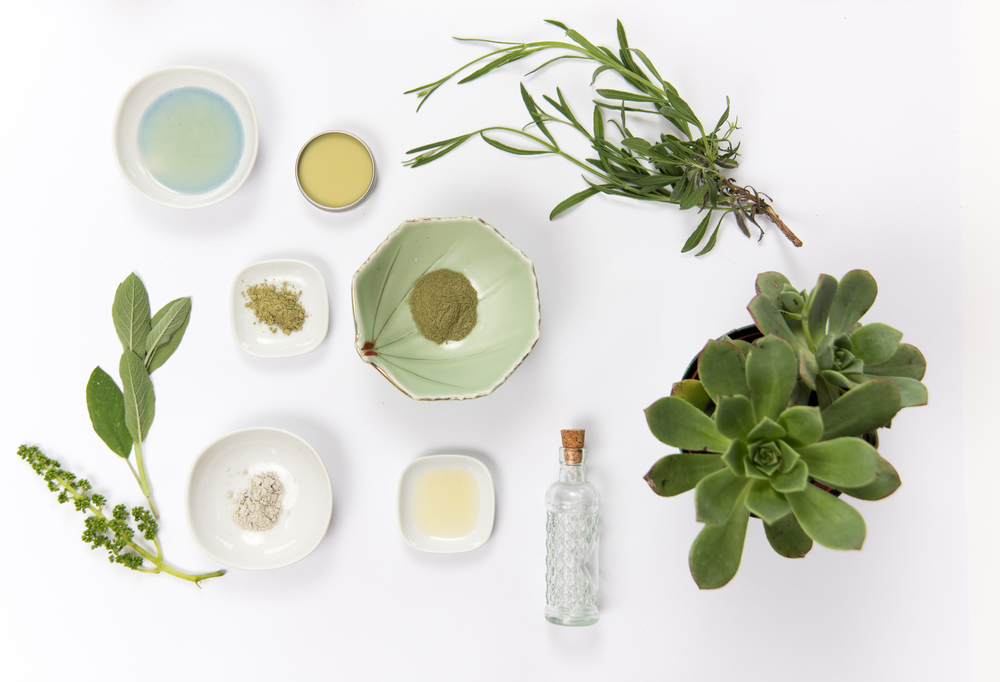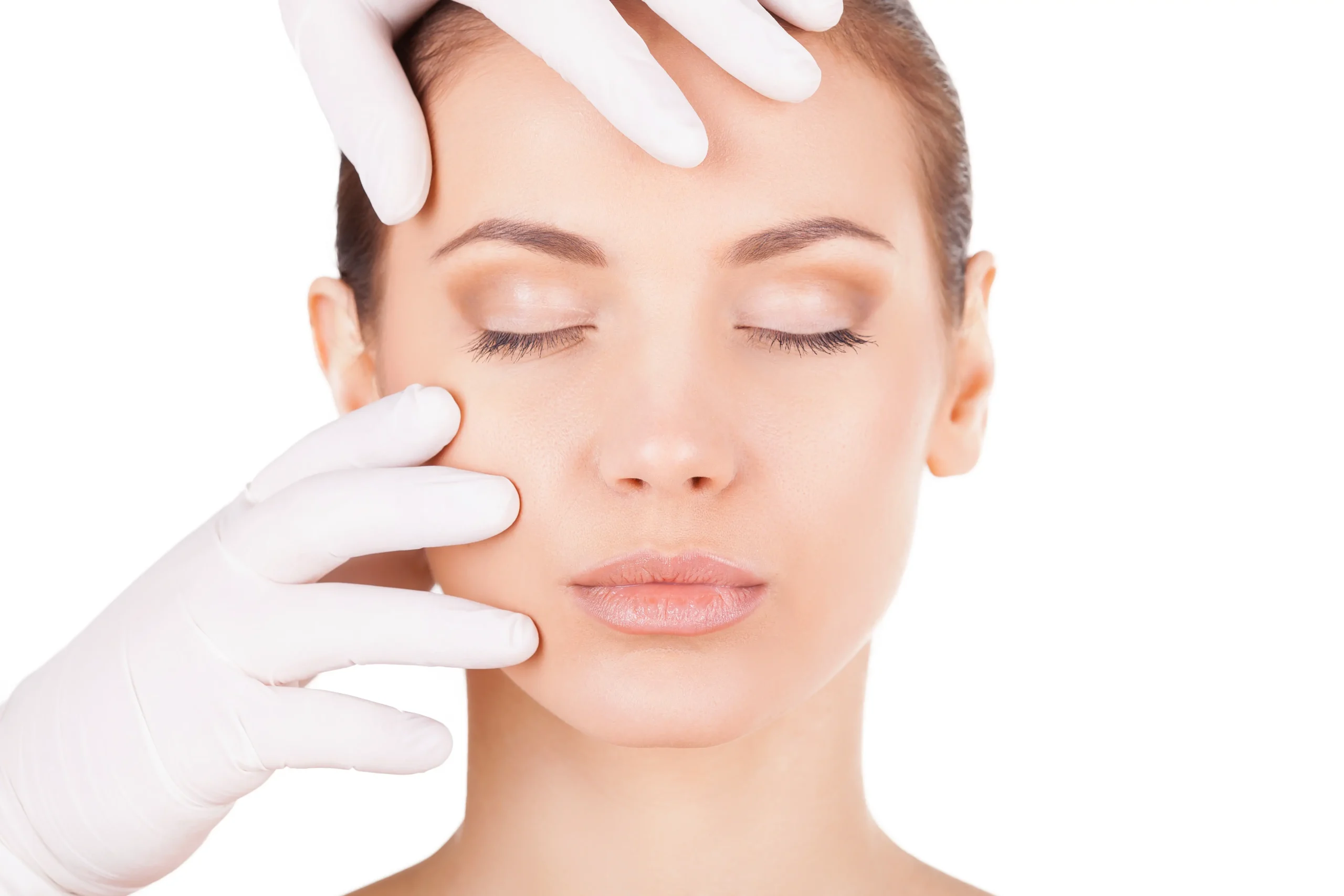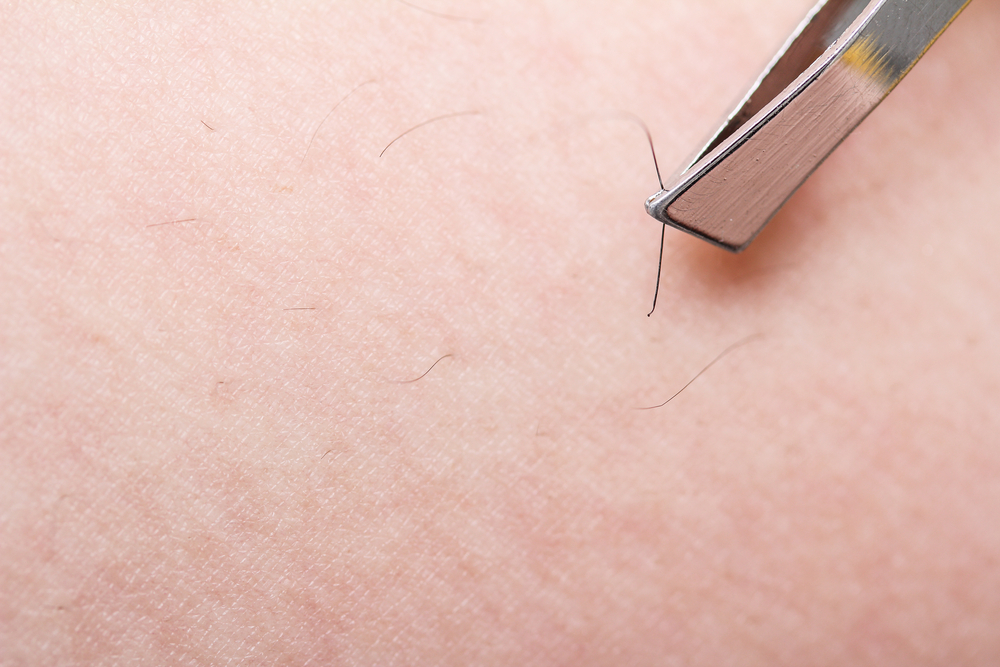Many beauty products claim to be “natural” or “organic,” but lack the appropriate certification. Here’s what you should look out for.
When you see the claim “organic skincare brand” on beauty packaging, do you ever question what it really means? After all, even the most savvy beauty product consumer can still be misled. For example, do all listed ingredients have to be directly sourced from nature? Must they be sustainable? Cruelty-free? Here’s a breakdown of what these terms refer to in order to help you make the best choices.
Get Natural, Now
Years ago, if you were committed to populating your bathroom cabinets with natural skincare brands, your only option was to hit up the nearest health food store. And while you could exit those stores confident that the products you placed in your cart were strictly botanical and planet-friendly, they were also likely to leave a little something to be desired in terms of texture, efficacy and/or fragrance.
Fast forward to today.
The term “natural” is everywhere. Cosmetic companies of all sizes have embraced natural and organic skincare, kicking harsh chemicals, cruel animal-testing practices and wasteful packaging to the curb. It’s a trend that’s swept the industry in recent years.
Even beauty brand behemoths like Neutrogena, Proctor & Gamble and Pantene have started reformulated some of their offerings to employ more sustainable practices, while smaller brands such as Aubrey Organics, Derma E, Burt’s Bees and Tarte have long offered greener, eco-conscious, organic skincare.
That’s a good thing, sure, but whose monitoring these companies to confirm what they’re claiming is actually true? The answer? Nobody, not even the United States Food and Drug Administration (FDA). However, fear not, shoppers, because our guide to savvy natural beauty care is going to break them down for you.
Be Informed: Natural vs Organic
Think those terms are interchangeable? Not a chance. There are any number of things you need to watch for to make sure you’re getting the most bang for your buck when it comes to these products – especially since anything labelled “organic” tends to command a higher price.
First, look for the term “USDA 100% Organic” to ensure that every single ingredient is organically grown and therefore free of prohibited pesticides, synthetic fertilizers, irradiated ingredients, genetically modified organisms, antibiotics, and growth hormones.
Anything that says it’s “natural” or “organic” but lacks the appropriate certification may or may not be what it claims, so try to investigate the manufacturer’s website to be as sure as you can about your purchase.
Skip These Ingredients
While you needn’t run screaming at the mere mention of every single chemical found in the ingredient list in your skincare product, it’s wise to at least be aware of what you’re dealing with, especially since you’re probably applying these compounds to your skin every day.
Consider one of the most controversial ingredients, formaldehyde, which is widely used in hair straightening products and nail polishes. This substance is a human carcinogen known to cause skin irritation and sensitization, according to the National Cancer Institute (NCI), along with dibutyl phthalate (DBP) and toluene; these ingredients have led many companies (including Essie, OPI and Sally Hansen) to remove the toxic trio from their nail polishes.
“Fragrance” – especially those containing ingredients like dibutyl phthalate – is another agent best avoided, as it has also been linked to cancer, hormonal and reproductive problems. According to the experts, your best option is to choose products that advertise themselves as “phthalate-free.” Some brand options include Ole Henricksen, Vapour and Nude.
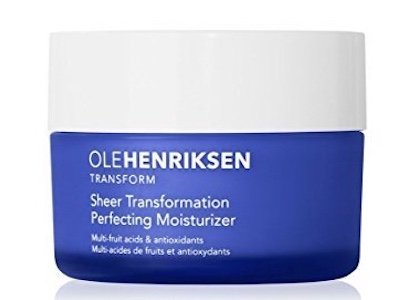
Ole Henriksen Skin Repair Cream
Another common ingredient to avoid are parabens, which serve as preservatives in products such as lotions and concealer. They too have been linked to breast cancer and hormonal problems. To best spot these offending preservatives, skip ingredients beginning with “methyl-“, “propyl-“, “butyl-“, and “benzyl-“.
A list of more ingredients of concern can be found on the Environmental Working Group’s Skin Deep cosmetic database.
Go Green
One of the many beneficial attributes about natural ingredients is that they’re easy to recognize on labels. Look for ingredients like coconut oil, tea tree oil, avocado and argan oil, which are also safe and gentle. “Many of these, such as lavender and chamomile have great science behind them and are proven efficacious,” confirms NYC dermatologist Dr. Dendy Engleman.
Makeup: When it comes to makeup, natural ingredients tend to give a softer, more flattering appearance as opposed to synthetic materials, which can look flat or unnatural. In the last few years mineral ingredients have hit the scene in a big way. They get their color from natural pigments like iron oxide and titanium oxide (TiO2). Buy from trusted companies like bareMinerals, Vera Moore and Jane Iredale.
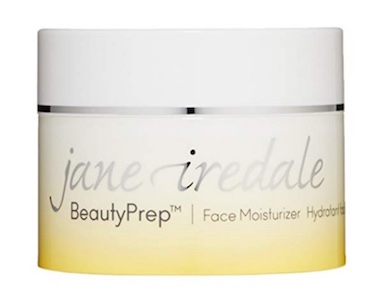
Jane Iredale BeautyPrep Face Moisturizer
Skincare: There are innumerable options to fit your skincare needs. Beeswax and natural butters such as shae, mango seed, and kokum have replaced petroleum-derived waxes and oils in various moisturizers, which in turn creates a breathable barrier against the elements. Other superstar ingredients include elderberry (an anti-aging, anti-microbial antioxidant) and stevia (hydrating and rich in minerals).
Commit to Cruelty-Free
There is never a good reason why animals should be made to suffer, but it’s even more egregious when they are suffering for something as frivolous and avoidable as testing beauty products. Sadly, however, this brutal practice continues – even today.
If, for example, a brand is sold in China, the company is actually required by law to test on animals—think of those images you’ve seen of bunnies being blinded and abused. Fortunately, you can become informed about which brands are respectful of animals—and which ones aren’t—so you can make the decisions that are right for you.
The kicker is that testing on animals in any country is no longer necessary and hasn’t been for a long time. There are far better ways to gauge whether a product or ingredient is irritating to skin than by spraying it in some hapless rabbit’s eyes and seeing if blinds the creature. Companies that create their products humanely typically have labels such as “Cruelty Free,” “Against Animal Testing,” or “Vegan.”
For more information on what’s inside your favorite products go to “Beauty Without Bunnies” on the People for the Ethical Treatment of Animals website. There you will find many elegant, effective, guilt-free options. Some of the organizations’ favorites include Urban Decay, Lush and Tarte.
Insist On Eco-Friendly Packaging
Many of us love our organic skincare brand products packaged in super chic boxes. We can’t deny that. But the waste that comes with these overzealous packaging materials can undercut the carefully-vetted ingredients inside. Just another reason to be aware of what you’re purchasing.
Go for natural products packaged in more planet-friendly ways, like those that come in recyclable, compostable or biodegradable containers. Look for the How2Recycle label, a voluntary recycling label developed by the Sustainable Packaging Coalition, a project of GreenBlue, a nonprofit that equips business with the science and resources to make products more sustainable. Look at it as just one more simple way to respect your environment, the earth and most importantly, your health.





